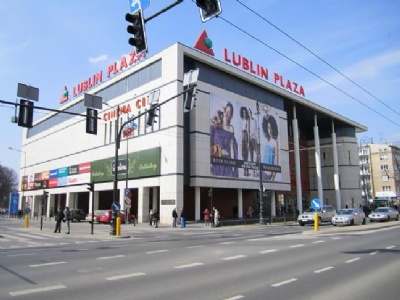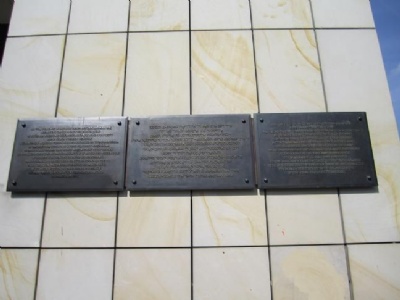Lublin – Lipowa 7
In October, 1939, Lublin district’s highest SS and police leader, Odilo Globocnik, set up a labor camp at a former sports facility on Lipowa 7. About 200 Lublin Jews were forced to build dozens of accommodation and production barracks. In August and September, 1940, the camp was used as a transit camp for about 15,000 Jews who were about to deported to other camps within the Lublin district. In February, 1941, there were about 3,000 Jews in the camp and used as slave labor. Hundreds of prisoners were forced to work with the construction of a new large prisoner-of-war camp in an area called Majdan tatarski, in the south-eastern outskirts of Lublin. In 1941, SS chief Himmler, visited Lipowa. The camp was also involved in Operation Reinhardt when shoes from killed Jews was sorted and stored in the camp.
The prisoners were considered important for the German war industry and therefore, in a way, had it better than other Jews in the district. Other Jews in the district saw Lipowa Jews as privileged which caused some anger towards them. This changed when Himmler in autumn ,1943, ordered the murder of all Jews in the Lublin district who were not absolutely necessary as slave labor. This was a consequence of the uprisings in Treblinka and Sobibor extermination camps earlier in the year. About 3,000 Jews were forced to Majdanek where they were murdered. This murder action was carried out on November 3, and has been called Aktion Erntefest. After Erntefest, Lipowa became a satellite camp to Majdanek and only a small number of prisoners remained in the camp. The camp was liquidated July 22, 1944. The remaining 200 prisoners were deported to Auschwitz.
Current status: Demolished with memorial tablet (2009).
Address: Lipowa 13, 20-024 Lublin.
Get there: Walk from central Lublin.
Follow up in books: Arad, Yitzhak: Belzec, Sobibor, Treblinka – The Operation Reinhardt death camps (1987).


In the early 2000s the land where the camp was located was bought by an Israeli businessman who planned to build a large shopping center (Lublin Plaza) with shops, restaurants and cinemas. What the businessman didn’t know, or in any case was not familiar with, was the history of the land. The site had not been explored and there were small remnants left of the camp and news that a shopping center was planned created strong reactions among Jewish organizations. The problem was that all business contracts had already been signed and could therefore not be broken. The businessman understood the dilemma and allowed a memorial tablet being set up. Under condition that it was placed outside and not on the inside of the building.